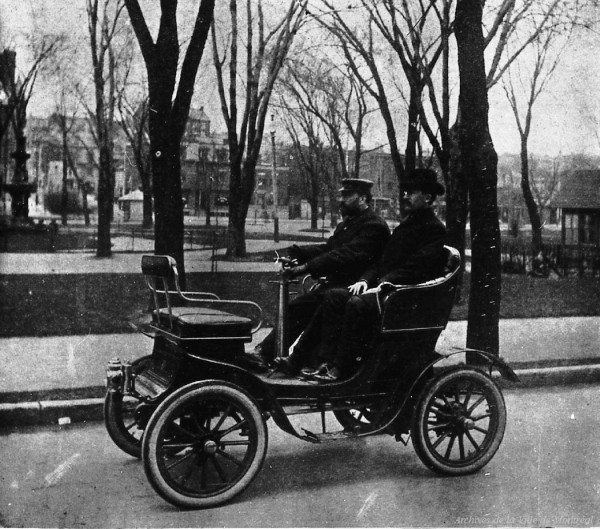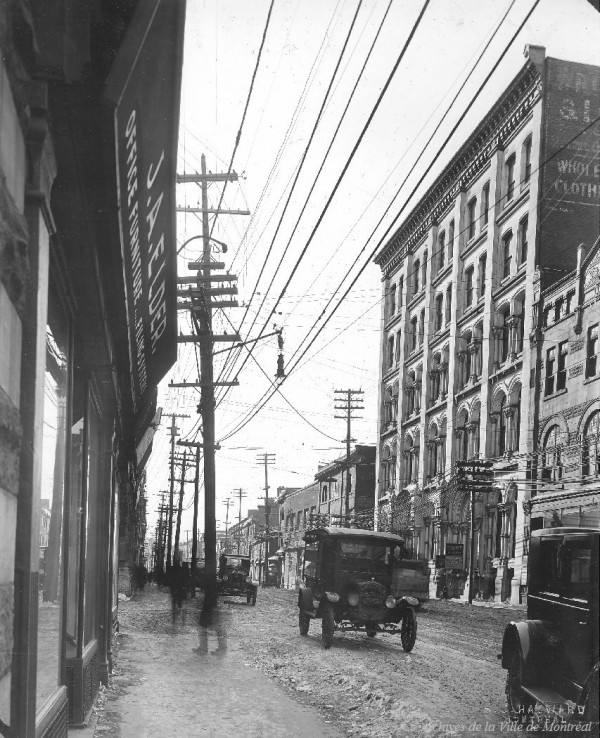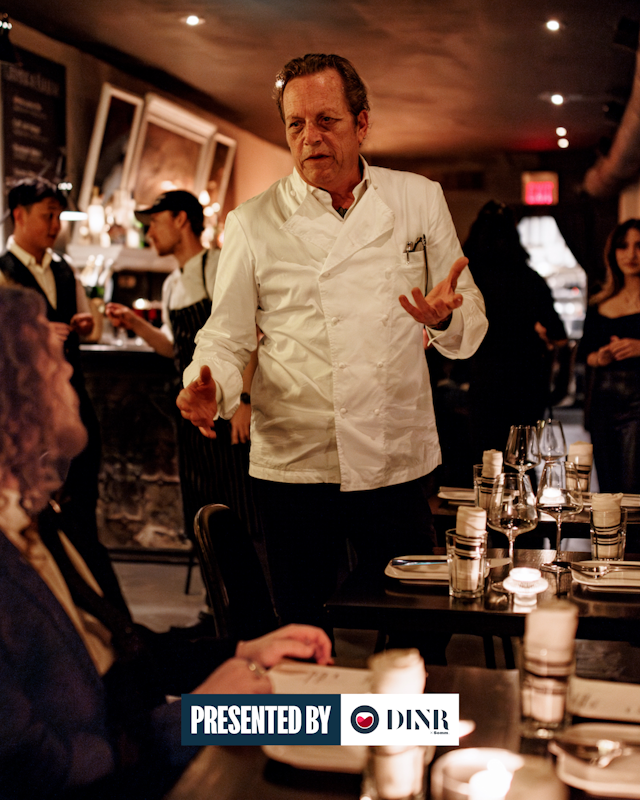A man named Dandurand, and the first cars to ride the streets of Montreal
At a time before potholes, when horseless carriages ran free.
 Ucal Henri Dandurand's residence and automobile, Dorchester St. W., Montreal, QC, about 1903. | Photograph: McCord Stewart Museum
Ucal Henri Dandurand's residence and automobile, Dorchester St. W., Montreal, QC, about 1903. | Photograph: McCord Stewart MuseumOn November 21, 1899, the 25th mayor of Montreal Raymond Préfontaine took a ride in what’s been claimed to be first automobile to ride the city’s then-muddy streets: The Waltham, which cut through the sounds of horses' hooves and rhythmic creak of carriage wheels.
Owned by a bourgeois real estate investor Ucal-Henri Dandurand—a man who developed the Rosemont neighbourhood which he named after his mother, Rose Philips, with Samuel Holt—he pulled the tiller of a steam-powered Waltham imported from Massachusetts (imagine a lever that’s steered the car much like the rudder on a boat), proudly parading Préfontaine around.
It had a very light 50 lb, 3hp, two-cylinder double acting steam engine, and the complete vehicle only weighed 600 lb with wire wheels.
As some claim Dandurand's Waltham was Montreal's first car, historians debate this, citing earlier appearances of automobiles in the city—but Dandurand was reportedly one to love making headlines, hence the claim.
Even before the Dandurand automobile appeared on the scene in 1899, the city authorized the preparation of automobile regulations. When Ucal-Henri Dandurand decided to own his first car, he went to city hall to obtain a driving permit. The administration, apparently a little annoyed, decided to issue him a bicycle permit at the price of one dollar—the daily salary of the average worker back then.
Quebec wasn’t unfamiliar with automobiles, with a watchmaker from Stanstead named Henry Seth Taylor creating Canada’s first car in 1867, turning the province into a central space in the auto industry for some time. But it was still an exceptional time.
The Waltham company had sent one of its employees to Montreal to train Dandurand to drive Montreal’s first car, and Dandurand was reportedly unsatisfied, returning it after 3 months.

Drivin' fancy cars
Some claim Dandurand rode in a Crestmobile during his historic journey with the mayor, but that car wasn’t made by then—but it would show up later as his third car (the second being an electric one we can’t find the name of anywhere).
A revolutionary, gas-powered touring car, the Crestmobile rode on the streets with its own set of advantages. Lightweight and easy to maintain, it boasted machinery under 100 pounds and featured a front-mounted engine, making it a smooth ride on rough roads. It would be praised for its noiseless operation, lack of heat or vibration, and an fuel efficiency of 35-40 miles per gallon deemed impressive for its time. In emergencies, the Crestmobile's instant start-up and speed proved crucial, with no time wasted harnessing horses and preparing carriages.
Dandurand would go on to own a fourth car, a French-made De Dion-Bouton gasoline car, acquired it in 1903. In 1912, he donated it to Château Ramezay, which still owns it.

The first license plate
The City of Montreal then asked the provincial government for the power to collect a tax on cars, which was granted in 1904: The license for a passenger car is 10 dollars, a car used for business is 15 dollars. That year, 48 cars were registered.
The following year, prices were lowered. The City even has plates made. The number of vehicles registered for the year 1905 increases to 102. Then in 1906, the Quebec government takes on automobile registration, and its Montreal office opens its doors in May.
The first number is given to Dandurand for his De Dion-Bouton. As the province doesn’t have plates yet, he has the inscription Q1 painted on the back of his vehicle.
Predictably, the automobile at this time is reserved for members of the Montreal elite. In 1904, a board of directors including bank directors, industrialists and sons of newspaper owners founded the Automobile Club of Canada (ACC), an ancestor of CAA-Québec. Two years later, the first Montreal Auto Show was held. Car races are also organized, like at the De Lorimier stadium or on Mount Royal in 1912 and 1915 respectively.

Ch-ch-ch-(chitty-chitty-bang-bang)changes
It’s around this time that accidents start. The first death due to a car accident took place on August 11, 1906 at the corner of Maisonneuve (which became Alexandre-DeSève in 1968) and Sainte-Catherine streets downtown. The victim is a 47-year-old man, Antoine Toutant, who was crushed while crossing the street with his wife and son. The at-fault motorist drove at a high speed while overtaking a tram stopped on his right.
In 1912, there were 12 deaths in Montreal which increased to 128 in 1931. Accidents with trams remained more numerous, however, numbering at 1,600 in 1920.
Eventually, even ironically, the various automobile clubs of the city start to regularly petition Montreal’s city council to demand improvements to the city's streets.
If only they could see the streets today.


![The Bulletin: Saint-Lawrence seals, food forests, and holiday markets [Issue #53]](/_next/image?url=https%3A%2F%2Fthemain.ghost.io%2Fcontent%2Fimages%2F2023%2F11%2F404953309_738677688297848_6525216940737241722_n.jpg&w=640&q=75)





